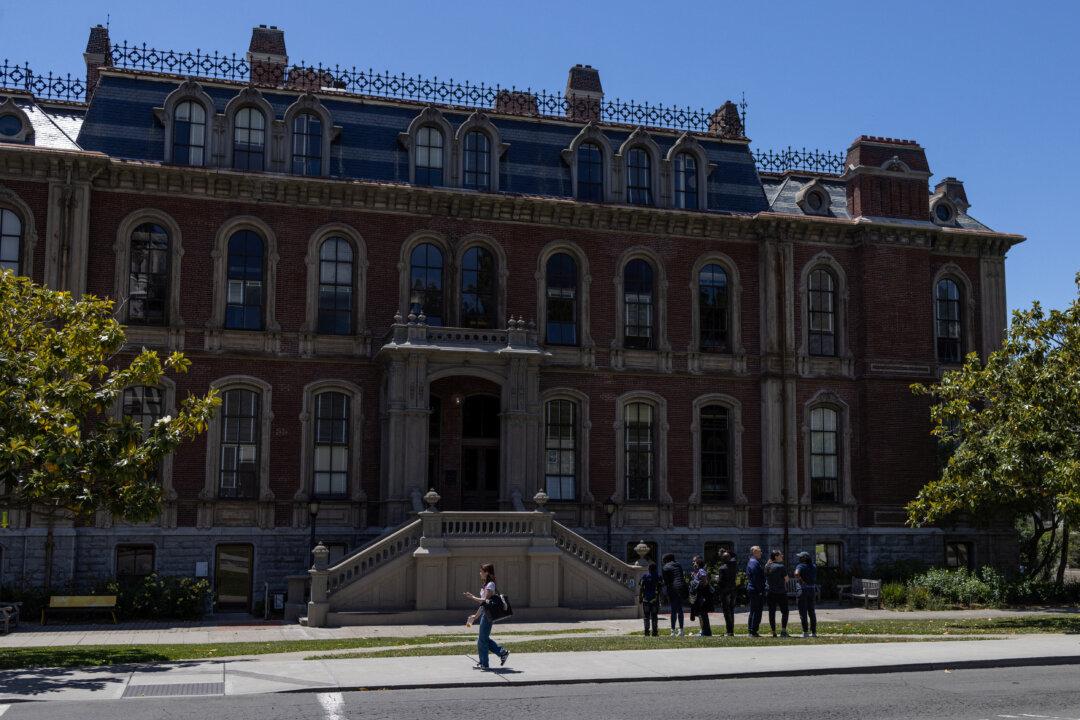It has been a busy year for the Department of Education Office for Civil Rights (OCR).
Some of the most notable cases involving K–12 schools or colleges are publicized on the Department of Education website. There were 15 since Jan. 10, and seven include anti-Semitism allegations.
She noted that there are about 43 million students in grades K–12 and 18 million college and university students in the United States.
“That speaks to an incredibly high volume of concern in schools right now about how we ask our kids to learn, the conditions under which they are learning, and the fragility of the civil rights guarantee in the country,” Lhamon said during the event.
“We are trying to meet that incredibly high volume of need with nearly record low staffing in our office.”
She said the spike in complaints is, in part, due to school leaders’ misunderstanding of Constitutional free speech protections. They often ignore escalating situations out of fear that any actions could violate someone’s First Amendment rights.
“A school still has a federal legal obligation to ensure that the very same speech does not create or contribute to a hostile environment for students based on their shared ancestry,” Lhamon said.
“That means schools must take steps to evaluate whether rights are violated—if schools have noticed that they might be—and to take steps to make sure that no hostile environment persists.”
A “single utterance” of a word or phrase that offends someone typically doesn’t rise to the level where the learning institution is considered liable for allowing a hostile environment, but continued discriminatory language or actions on or off campus regardless of whether it’s a student, employee, or school visitor is considered a civil rights violation, she said.
The OCR recently investigated 253 complaints of sexual harassment of San Diego public school students dating back to 2017.
In one instance, school employees reported that no actions were taken against a middle school boy who allegedly had a history of groping other students “because he is special ed.”
Lhamon cited other cases she worked on in recent months.
In one instance, a 13-year-old student who emigrated from Africa was allegedly teased to the point where she was failing classes and considering suicide.
This included an episode in which her peers were accused of showing her a picture of malnourished children in Africa and asked her whether they were her relatives.
The district did not respond to complaints for three months before moving her into different classes, where the verbal abuse continued, according to the OCR.
In another instance, school leaders allegedly ignored video evidence of a disabled student being ridiculed and physically attacked.
Earlier this summer, leadership at a community college was found by the OCR to have fallen short of taking appropriate action after a professor who led an all-female classroom asked students to remove their shirts so he could demonstrate a “medical exam.”
Administrators responded to the complaint, investigated, fired the professor, and reported back to the first complainant, but they failed to communicate those actions to all students in the class, according to the OCR.
“That piece is so important,” Lhamon said. “People who are affected by a hostile environment need to know that the school is taking steps to remedy it.”
Forty-two percent pertained to sex, although 5,590 of the 8,151 complaints in that area “were filed by a single individual.”
A total of 16,448 cases were resolved last year, up from 16,515 in 2022.







